There’s something both refreshing and exotic about a splash of a clean floral fragrance like Fan di Fendi on a hot summer day. Something “elegantissima but oh so rock ’n’ roll” – well, ok, that was in the press notes but I am really looking forward to dropping elegantissima into a conversation.
Fan di Fendi is playful but complex and very fun to wear. Notes include: Damascena rose, yellow jasmine, Indian tuberose, pear, blackcurrant, tangerine, pink peppercorns, leather and patchouli.
As of this weekend, Saks Fifth Avenue is the exclusive retailer of Fan di Fendi eau de parfum fragrance. Fabien Baron designed the architectural bottle. The 1.7 ounce eau de parfum is $76 and the 2.5 ounce size is $92; the 5 ounce shower gel sells for $39 and the 5 ounce body lotion is $44.
Meanwhile, I am curious about Prada’s new fragrance, Candy, which reportedly will be released in August and in U.S. stores by September. Prada picked French actress Léa Seydoux to advertise the new scent, which features retro pink packaging.
And so far my fave men’s fragrance this summer: Gucci Guilty.
Image source: Fendi; I did not receive product or compensation for this post.






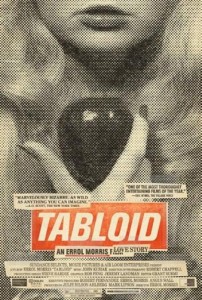
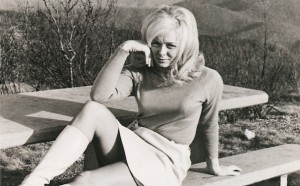



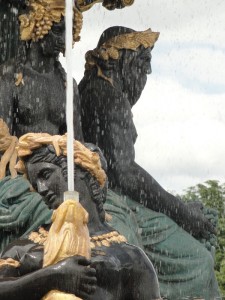

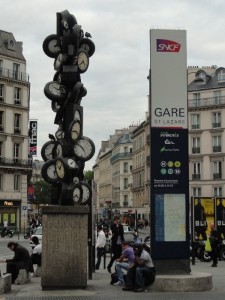
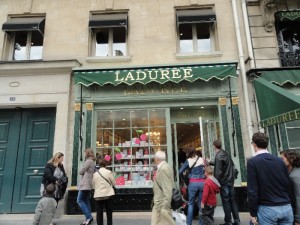


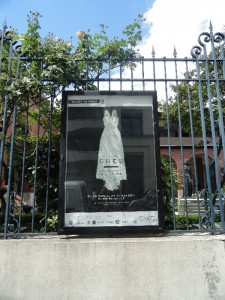
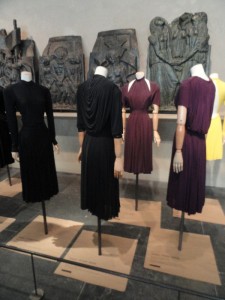
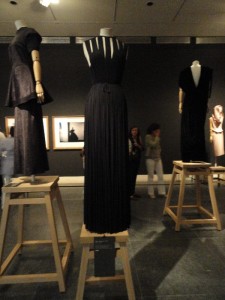

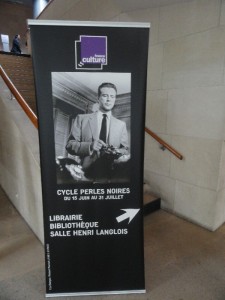


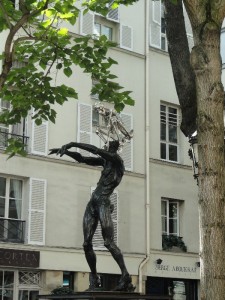



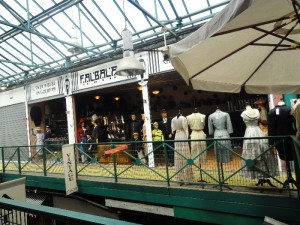
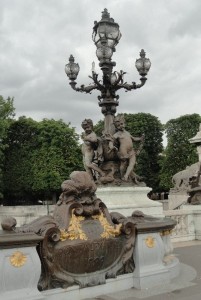

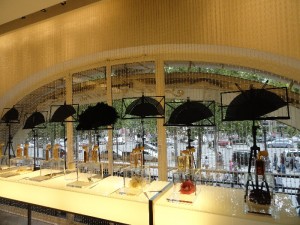
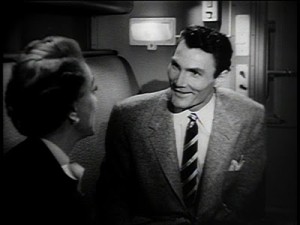
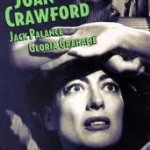
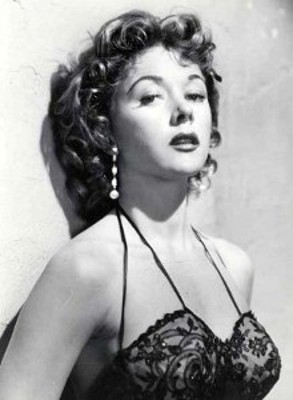
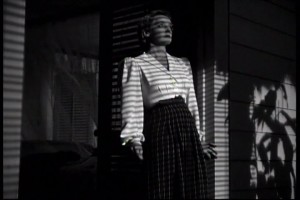
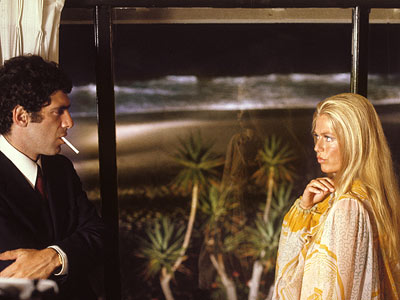
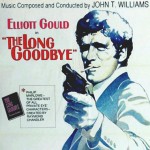
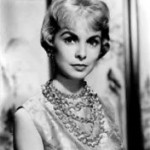





From FNB readers